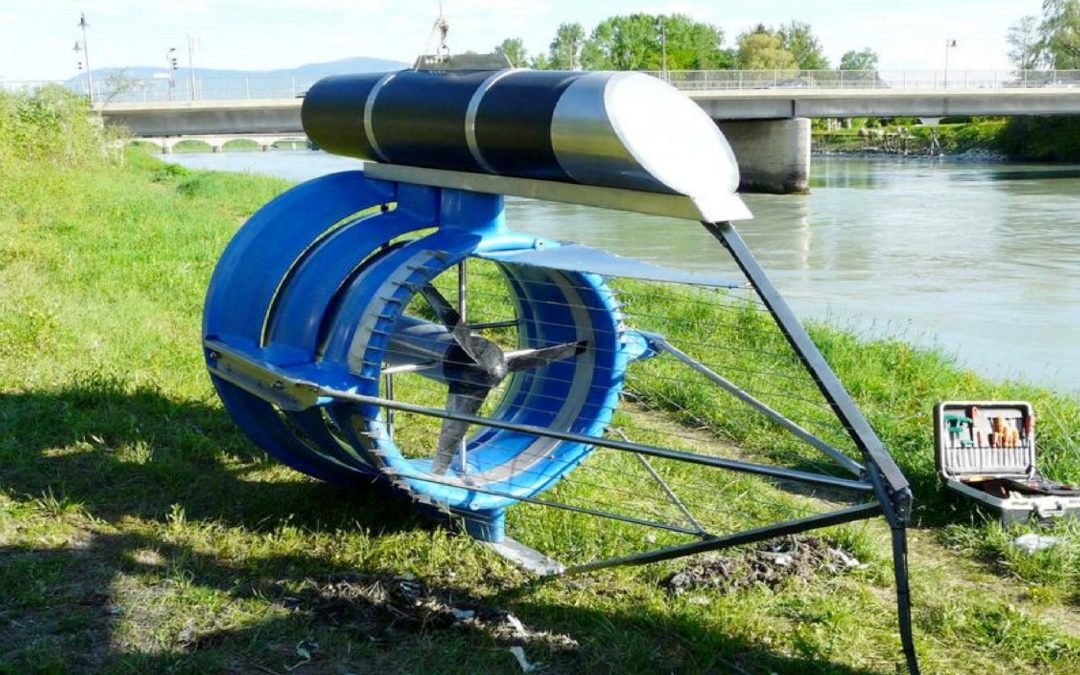Diesel generators are used in remote areas along with connections to the electrical power grid to produce power. The diesel used in these machines is imported and stored for long time periods. It is during the winter that the oil needs a tighter storage facility so that it holds all the properties together. These procedures could cost a lot of money since the machines used would consume a lot of power. Renewable energy devices reduce the running time compared to diesel generators. By using such equipment, you can save money and decrease carbon dioxide emissions. Hydrokinetic turbines can produce a baseload for the microgrid power systems, with the portability reducing the need for expensive infrastructure for the system. These turbines have been designed to be installed underwater, in floating, anchored, fixed, or towed configurations. Let us look at more details of the working of hydrokinetic turbines.

Hydrokinetic Turbines Working
These turbines do not require a spillway or reservoir since they come with a simple design. The adverse environmental effects are minimal as per the initial tests. It is the simplicity of the designs that lead to low-cost installation and maintenance, making it a valuable addition to the machinery used in rural or remote areas. Tidal current and river stream are the two main schemes where this turbine can be used. Contrarily, in the ocean currents, the energy is derived from the unidirectional flow. Other major resources include man-made canals, industrial outflows, and irrigation canals. A few differences in the working principles exist between the various hydrokinetic devices.
Comparison of Horizontal and Vertical HK Turbines
Several opportunities and challenges are associated with different hydrokinetic turbines. Here are some of the differences between the vertical and horizontal variants.
• Design
The success of hydrokinetic turbines is also dependent on the simplicity of design and system cost. Straight blades are used in vertical axis turbines to make the design less expensive and simple, whereas the blade design of horizontal axis turbines involves careful machining and manufacturing.
• Generator Placement
Coupling the generator with the turbine rotor is one of the major challenges in hydrokinetic turbines. This is performed by right-angled gear coupling in horizontal axis turbines. On the other hand, the generator is placed above the water surface for the vertical axis turbines.
• Noises
Horizontal axis turbines usually emit more noise than vertical axis turbines, mostly because of the diminished blade tip.
• Overall Efficiency
The starting torque for vertical axis turbines is weaker, meaning the efficiency of horizontal axis turbines is higher.
Advantages of HK Turbines
• Electricity costs can be brought down in the smaller hydrokinetic projects.
• The need for a hydraulic head is eliminated in these turbines.
• Power can be generated efficiently with low- or zero-head hydrokinetic turbines.
• New civil works are not required to install hydrokinetic turbines, leading to reduced construction costs.
• Hydrokinetic turbines are the most economical ad reliable choice for users near flowing water.

